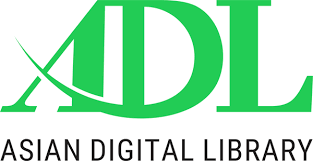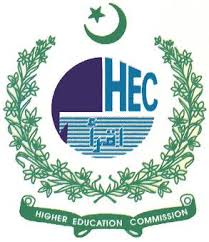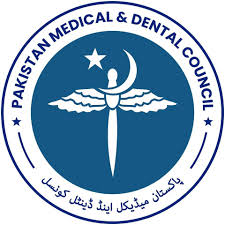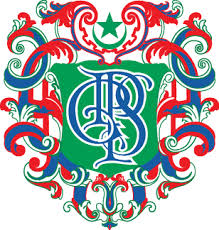Pathological response rate in patients who achieve clinical response after neoadjuvant concurrent chemoradiotherapy in localized esophageal cancer
DOI:
https://doi.org/10.37018/qsqy1921Keywords:
Pathological response, Clinical response, Esophagus carcinoma, Surgery, Neoadjuvant ChemoradiotherapyAbstract
Background: The incidence of esophagus carcinoma is raising and it is the 6th leading cause of mortality. The objective of this study is to determine pathological response rate in patients who achieve clinical response after neo-adjuvant concurrent chemoradiotherapy in locally advanced esophageal cancer presented at a single tertiary care centre in Karachi.
Patients and methods: It was a longitudinal study conducted at the Department of Oncology of Jinnah Postgraduate Medical College from May 2017 to July 2018. Thirty five patients with locally advanced carcinoma involving lower and middle esophagus had concurrent chemoradiotherapy. Induction of concurrent chemoradiotherapy with radiations in which carboplatin and paclitaxel was given weekly. After 6 weeks at the end of irradiation, the clinical response was assessed on CT scan. All patients who had achieved stable, partial and complete clinical response after completion of concurrent chemoradiotherapy (CCRT) underwent surgery within 6-8 weeks. After surgery, pathologist evaluated resected specimen and staging was done on the basis of residual tumor. To grade the response to therapy, the degree of histomorphologic regression classified into four categories as Pathological complete response (pCR), pathological partial response, stable disease as no pathological response and progression of disease. Statistical analysis was performed using SPSS version 23. Chi-square test was applied to assess association between effect modifiers and complete pathological response.
Results: Total of 35 patients were included in the study. Mean age of the patients was 42.42±14.16 years. There was female preponderance (57.4%) with male to female ratio of 17:18. Eleven patients (31%) achieved complete clinical response and 2 patients (6%) had stable disease. After surgery, complete pathological response was observed in 21 (60%) patients. However, 10 (28.6%) patients achieved partial pathological response, 1 (2.9%) patient had stable disease and 3 (8.6%) patients showed progression of disease.
Conclusion: The achievement of complete pathological response was comparatively higher than partial response among locally advanced EC patients who had neoadjuvant CCRT followed by surgery.
Downloads
Published
How to Cite
Issue
Section
License
The Journal of Fatima Jinnah Medical University follows the Attribution Creative Commons-Non commercial (CC BY-NC) license which allows the users to copy and redistribute the material in any medium or format, remix, transform and build upon the material. The users must give credit to the source and indicate, provide a link to the license, and indicate if changes were made. However, the CC By-NC license restricts the use of material for commercial purposes. For further details about the license please check the Creative Commons website. The editorial board of JFJMU strives hard for the authenticity and accuracy of the material published in the journal. However, findings and statements are views of the authors and do not necessarily represent views of the Editorial Board.

















